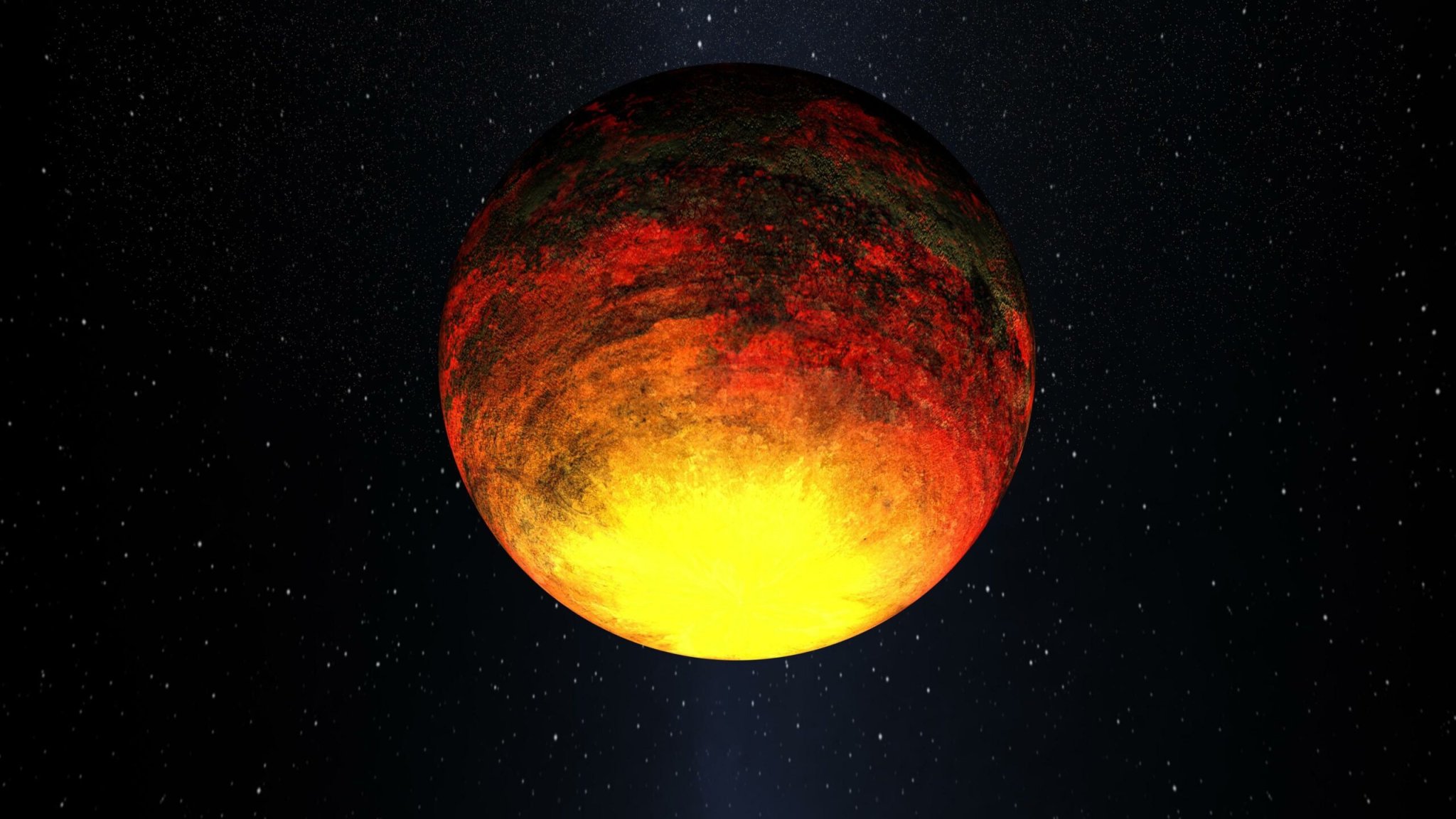

Updated: Scores of Earth-like planets orbit sun-like stars scattered throughout the Milky Way, NASA scientists said today. This morning, the agency released data on more than 1,000 new exoplanets, and early indications are that 54 of them are at just the right distance from their stars to harbor life as we know it.
Today’s results more than double the exoplanet-candidate population, bringing the number of planet candidates identified by Kepler to 1,235. NASA needs to conduct follow-up observations to be sure their candidate planets are actually planets. So far, they are certain about 15 of them.
“The fact that we’ve found so many planet candidates in such a tiny fraction of the sky suggests there are countless planets orbiting sun-like stars in our galaxy,” said William Borucki of NASA’s Ames Research Center in Moffett Field, Calif., the father of Kepler and its principal investigator.
Small, Earth-like planets are apparently more common than gas giants like Jupiter, according to today’s announcement. Sixty-eight of the new planet candidates are approximately
Earth-size, and another 288 are super-Earth-size; 662 are Neptune-size; 165 are the size of Jupiter and 19 are larger than Jupiter, NASA said.
NASA said today that 54 planet candidates are in their stars’ Goldilocks zones — not too hot, not too cold, not too far, not too old — which means they might have liquid water, and therefore a key ingredient for life. Of those 54, five are near the size of Earth. Pretty stunning news when you think about it: In one tiny slice of the sky, scientists have found five other planets that may very well resemble our own.
Since launching in 2009, Kepler has been staring at a bunch of stars in the constellations Cygnus and Lyra, looking for small blips in their brightness that would indicate a planet circling around them. Kepler astronomers released data on about 156,000 stars last summer, allowing competing scientists to check them out. The team saved some potentially promising star systems for further study, and those are among the data announced today.
Kepler team members have said they wanted to check and double-check the promising stars so they don’t have any false positives. Other physicists say they’ve been pretty good at this so far — the telescope has had an accuracy rate of at least 80 percent, according to a review by astrophysicists at Caltech. Taking a high-resolution picture of a possible exoplanet candidate can help with follow-up observations, they say. Scientists will want to check out NASA’s new findings, and physicists would like some statistical models to help them sift through all that data.

Even before today’s announcement, new planet discoveries have been trickling out in the past few months, including the recent news of Kepler’s smallest, rockiest find to date: Kepler 10b, just 1.4 times the size of Earth. That fiery world is much too close to its star to harbor water, and therefore unlikely to harbor life (at least the kind we understand).
In the new data, there are at least 170 exo-solar-systems harboring multiple planets, NASA said. Kepler-11, located 2,000 light years from Earth, includes six planets in a tight orbit around a yellow dwarf star. New research on Kepler-11 will be published in the Feb. 3 issue of Nature. Other findings are being published in Astrophysical Journal.
